In this post I will teach you how to make ginger beer the old fashioned way, no soda machine or brewery required. This drink is nice and refreshing on a warm day; it’s also one of the main ingredients in the popular Moscow Mule cocktail. It’s easy, really, and surprisingly fizzy. I’ve outlined the recipe and process below, including a how-to video and photo tutorial.
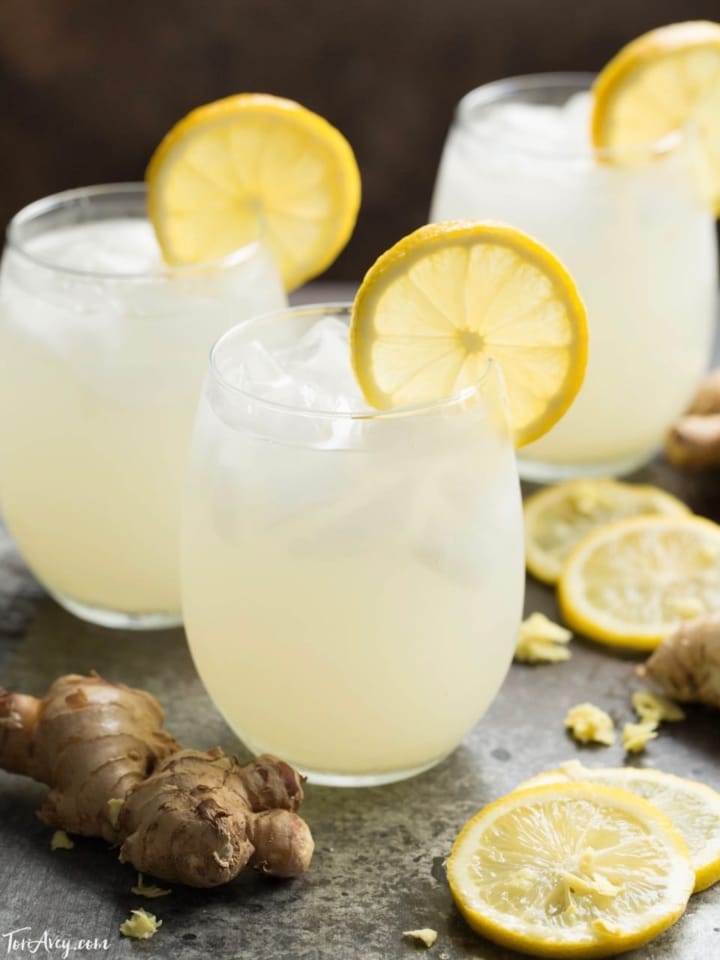
Ginger, with its zippy and refreshing taste, is listed among the world’s oldest spices. As far back as 500 BC, this native plant of China and India was used for medicine, food, and flavoring. For most of the Western world, ginger was used to spice up drinks. Up until the Victorian era, beer was the drink of choice in England, especially herbal and spiced low-alcohol “small” beers such as ginger beer.
I would be willing to bet that most us were introduced to the flavor of Zingiber officinale through ginger ale. I don’t know about you, but the zingy soda pop was my mom’s go-to cure for tummy aches. This non-alcoholic ginger ale made its American debut in 1866 when a Detroit, Michigan pharmacist named James Vernor installed a soda fountain in his drugstore. Vernor began playing around with ginger extracts, and in 1870 perfected his recipe, which included mellowing the syrup for four years in wooden casks. It’s not surprising that a pharmacist would chose ginger, as the rhizome was (and still is) known as a stomach soother. In fact, Vernor’s ads often touted “Mothers tell their children to ask for Vernor’s Ginger Ale because it’s wholesome and healthful.” Vernor’s Ginger Ale remains just as popular today.
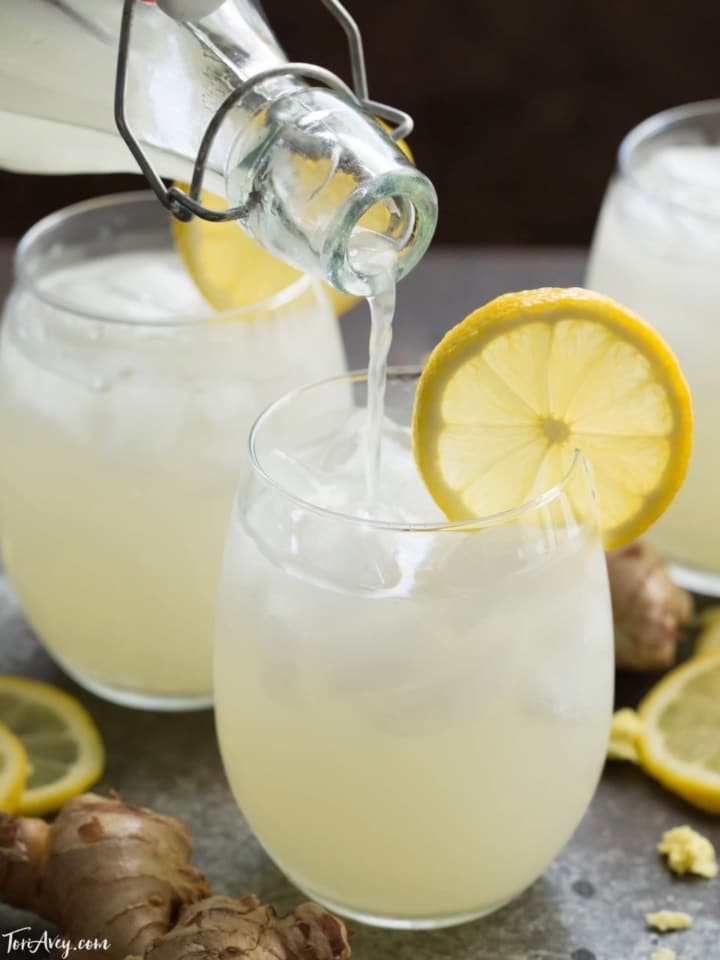
Ginger ale and ginger beer are both basically the same thing. It’s easy and inexpensive to make old-fashioned ginger beer at home, and you get more of a gingery taste than you do from the store-bought stuff. A bit of fermentation is involved, which produces a very slight alcohol content (not noticeable, but important to point out for those sensitive to alcohol). Some manufacturers ferment the mixture longer and make other adjustments to increase the alcohol content, but for our purposes this ginger beer is more akin to ginger ale. If you’re concerned, make the ginger syrup as noted below, but skip the fermentation process and mix it with seltzer water instead to produce a fermentation-free beverage.
Once you master the process of creating ginger beer, you’ll be hooked. It’s fun to ferment. Enjoy!
Recommended Products:
Video by Entice Films
We are a participant in the Amazon Services LLC Associates Program, an affiliate advertising program designed to provide a means for us to earn fees by linking to Amazon.com and affiliated sites. As an Amazon Associate I earn from qualifying purchases.
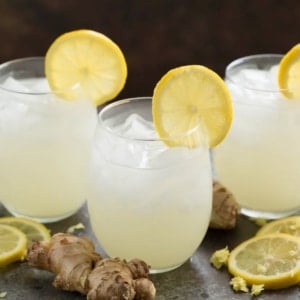
Homemade Ginger Beer
Ingredients
Ginger Syrup Ingredients
- 1 cup granulated sugar
- 1/2 cup water
- 2 tablespoons grated fresh ginger
Ginger Beer Ingredients
- 1/8 teaspoon active dry yeast or brewer's yeast
- Ginger syrup (ingredients above)
- 3 tablespoons lemon juice, freshly squeezed
- 7 cups filtered water
NOTES
Instructions
- Peel a chunk of the ginger with the tip of a teaspoon—the papery skin scrapes right off—and grate it, using the fine side of your grater. Place the ginger, sugar, and water in a saucepan over medium heat and stir until the sugar is dissolved. Turn off the heat and allow the mixture to steep for an hour.

- Strain the mixture (discard the ginger solids) and allow to cool.

- You’ve now made ginger syrup (or gingerette, as the Brits call it). Stop right here if you’re looking for a short-cut to ginger ale and you don’t want to mess around with the fermentation process. Pour three or four tablespoons (more or less depending upon how gingery you like it) of your syrup over ice and add 8 ounces of seltzer water or club soda. Bottle the rest of the syrup and store it in the refrigerator.

- For the full ginger beer experience, place a funnel in the top of the bottle. Sprinkle the yeast in, followed by the syrup, lemon juice, and water.

- Put the lid on the bottle and shake the concoction until the yeast is dissolved. Stow it on a shady shelf or in your pantry out of direct sunlight for 2-3 days, or until fizz is achieved. At this point it is ready to drink, and must be stored in the refrigerator to prevent further fermentation. Don't forget about the bottle, or the pressure will build up so much that it may explode!As with any yeast-powered beverage, the fermentation process continues unless you prevent it from happening. Refrigerating will slow the process down but not stop it completely, that's why it’s best to treat ginger beer as a perishable beverage. Consume within 1-2 weeks.

- Serve over ice and savor the spicy taste of your very own homemade ginger beer!

Nutrition

tried this recipe?
Let us know in the comments!
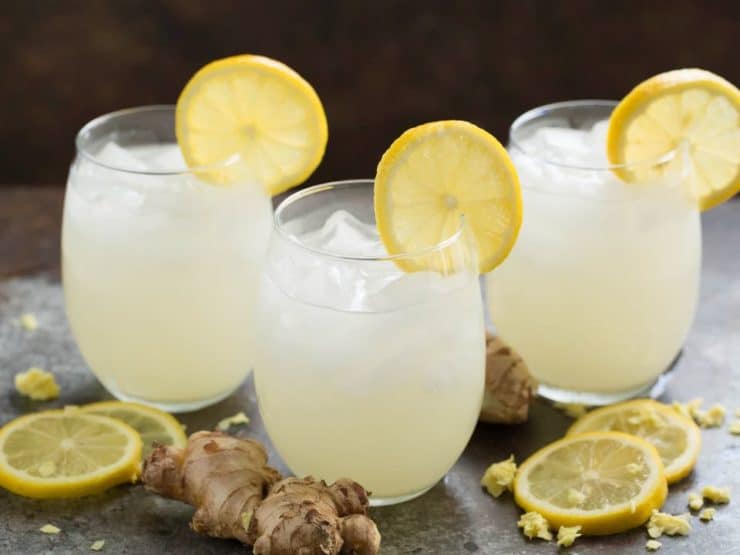
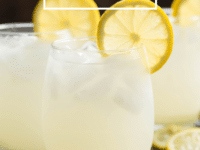
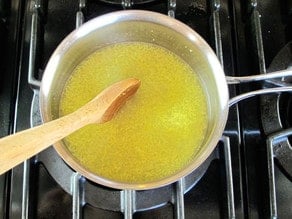
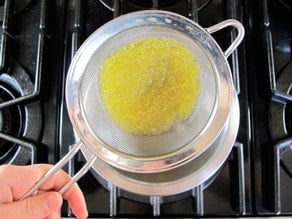
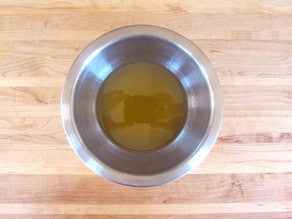
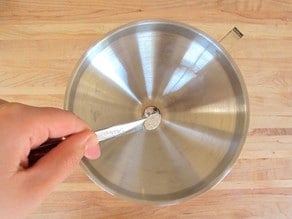
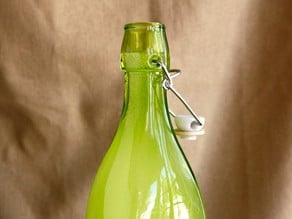
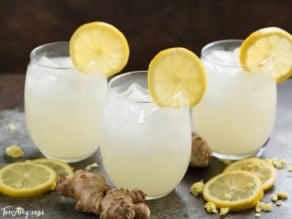


Great recipe. You can use the left over ginger to make ginger cake or shortbread.
I don’t think 2 table spoons of ginger are enough, used 4 inch length of ginger (makes 4-5 tablespoons) and 4 cups of water instead of 1/2 cup of water for my 1 gallon fermenter.
Threw in one cinnamon stick, lemon peels, and sliced ginger on there as well.
For yeast I used Lalvin EC-1118.
These modifications made it perfect for my taste!
i quadrupled the ginger and it was perfect
soooo easy and sooo delicious!!!
Any idea of about how much alcohol will this contain (approx)? 0.5%? 1%? More?
Hello,
love this recipe. Quick question once it starts to bubble within a few day is there an alcohol content if so what would you think the alch % would be thanks so much
Non alcohol beer with soda brilliant!Moved to Spain and cannot get this here,so tried your recipe turned out really good .In the sun I pour it over scoop of ice cream lovely by pool thanks again x
I just made the ginger syrup. Not gingery enough and too sweet.
Why go to the trouble of boiling the ginger into a syrup? It cuts the sharpness of the ginger and kills off all of the natural yeast…
If you want a gut friendly healthy probiotic beverage then you don’t kill off all of the natural microbes and replace them with cultivated baking / brewing yeast..
Just grate the ginger on a microplane, add the water then mix in the sugar and lemon. Let it sit on the counter for a few days covered with a cloth rubber banded on. Once bubbles start forming then filter through a strainer lined with fine cloth and transfer into the fridge.
Transfer the left over pulp along with another tablespoon of ginger into a new bottle.. add water, sugar and lemon.. and that’s the start of the next batch. The next (and successive batches) won’t take as long to start because the natural yeast is already flourishing.
Exactly…this is the way lots of beverages were made in the old days without refinements such as pasturisation…look at this trendy fermented tea stuff these days, just like ginger beer, beers and old fashioned lemonade, yeast does the carbonation and your “probiotics” are there as a byproduct without pasturisation.
I think it is too sweet, for my taste. Maybe add more ginger. I like it spicy, are there other spices you can add?
This recipe is a very helpful guide. I modified it thought because I didn’t find it gingery enough for my tastes. I will warn however I’m a huge fan of spicy ginger.
I quadrupled the ginger and also added a couple extra tbs of lemon juice. I also juiced my ginger in a juicer I dont know if that changed anything.
The results are so wonderful!! My spouse and all my friends love it!
Made this several times and the results are superb. If you freeze the ginger before grating it makes grating it a breeze and makes sure all the ginger flavored juice makes it to the pan!
I will try this. I wanted to comment on how nice and print friendly your site is. Thank you
Glad to hear that!
I am going to make this recipe but would like to add a little note.
It looks like the real idea of heating the syrup is not to just melt the sugar (not really needed to ferment). It is more to pasteurize the syrup and release the ginger oils. If you are going to just make the ginger beer, you can make the whole batch at once. That being said, all you really need to do is heat the whole brew to 186 (F) for a couple of minutes, strain into the bottles, seal (keeps out unwanted bacteria) and let cool to room temperature, then add the yeast and you should be good to go. If you have airgaps, used for making beer or wine, this will keep the CO2 to a manageable level in your bottles – or make a gallon jug, ferment and bottle afterwards (like I do for beer).